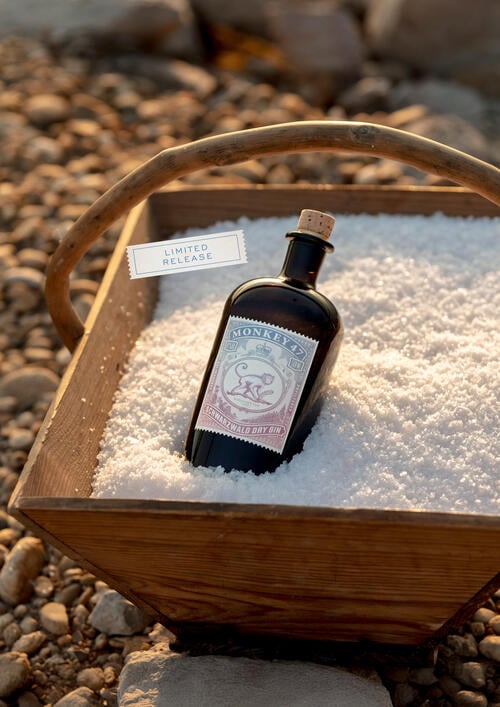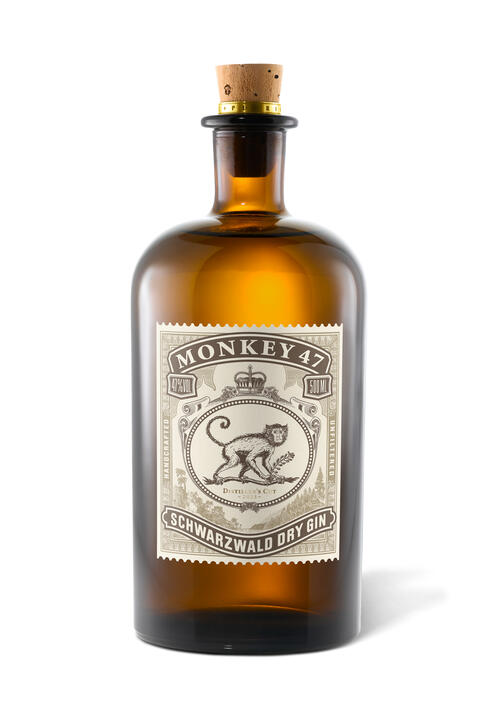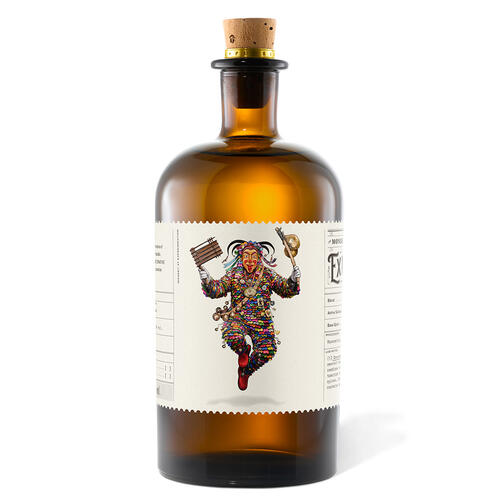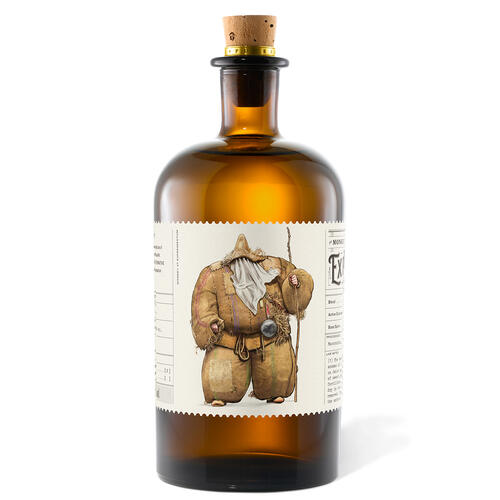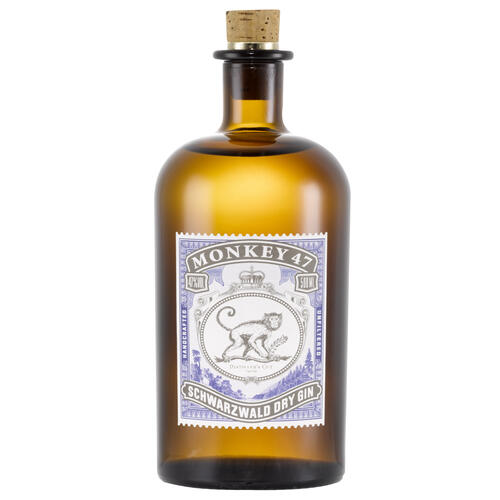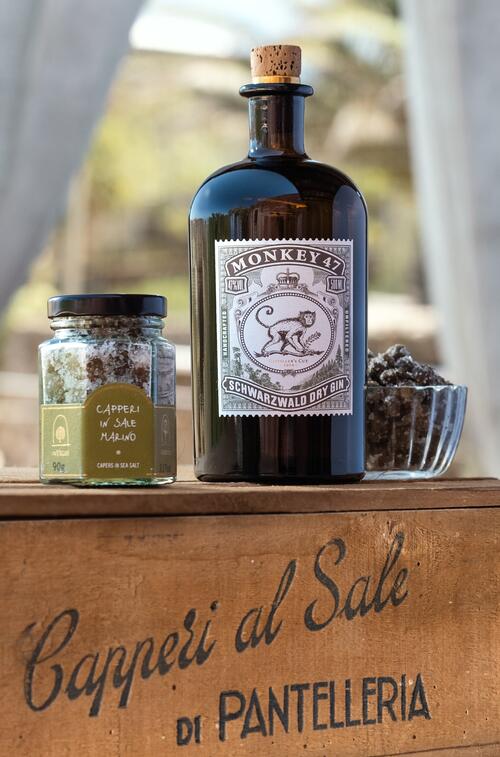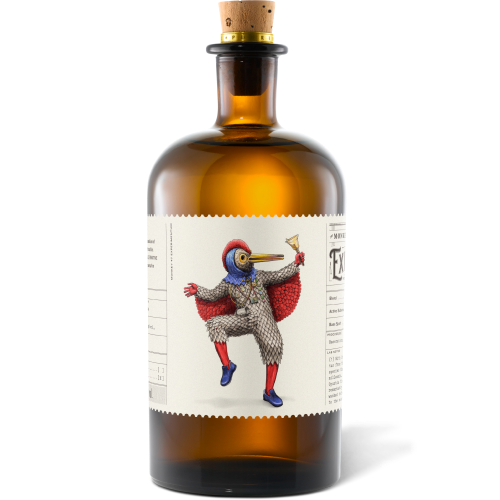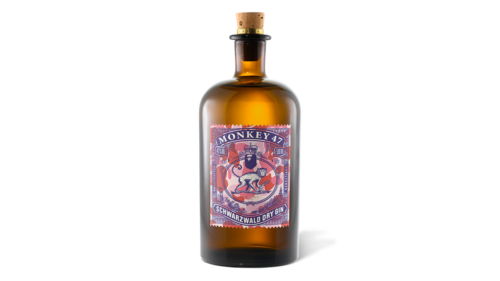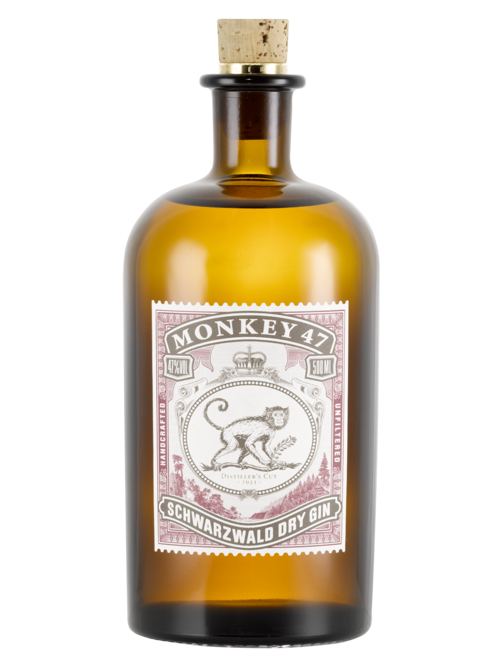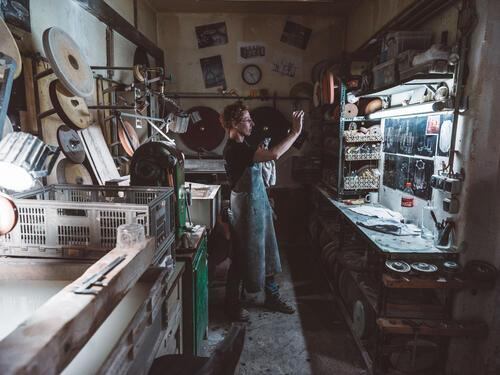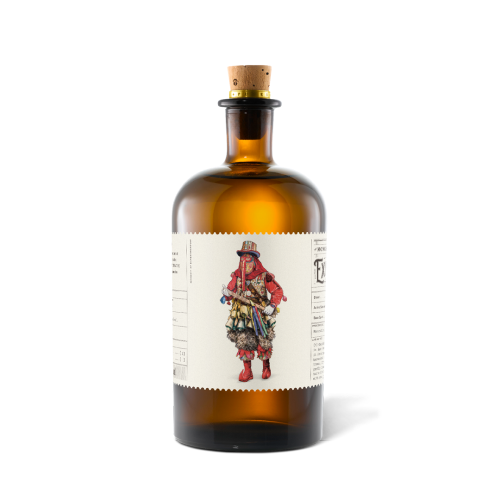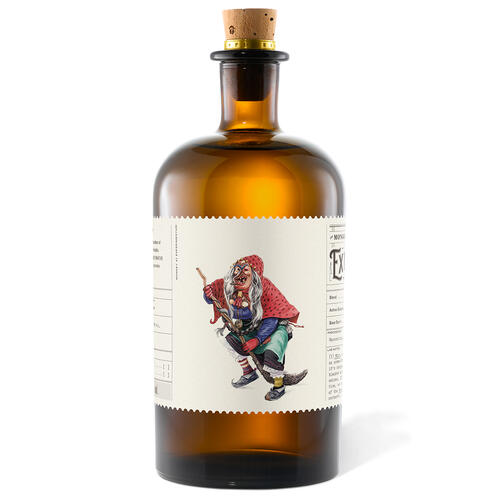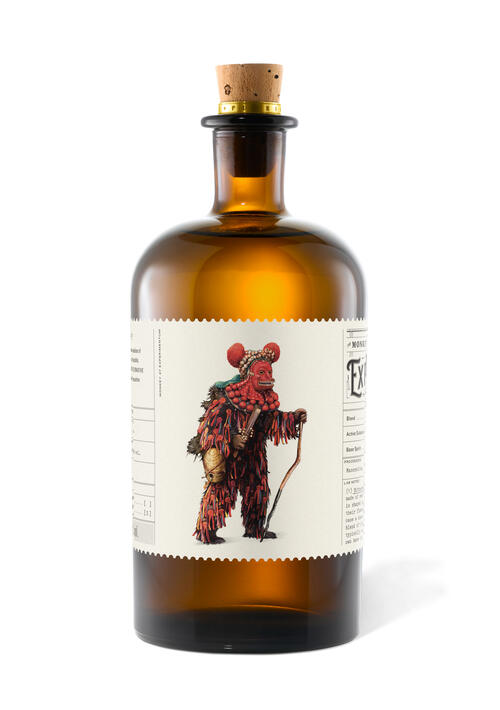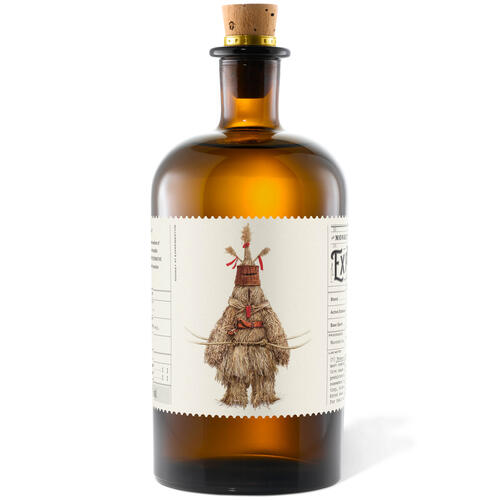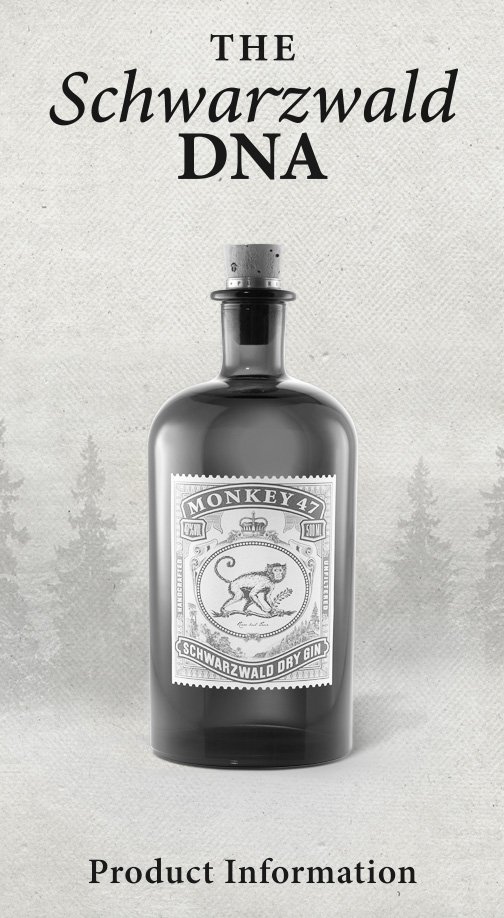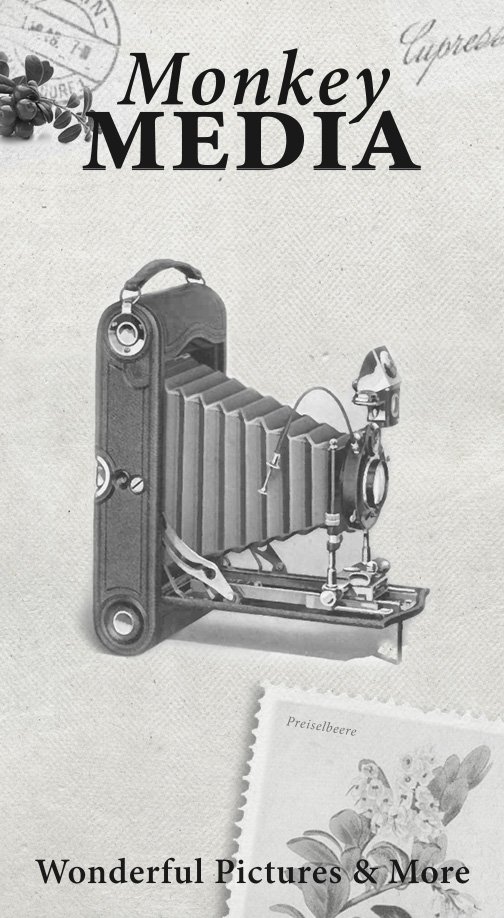The Becher Chronicles - Westerwald
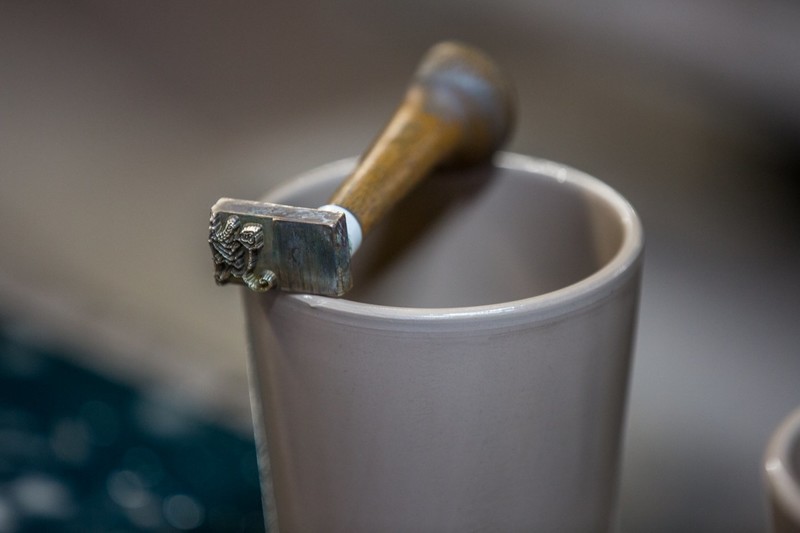
Along with our oft-cited botanical curiosity, it's our practically obsessive quest for the highest quality that leads us out on annual botanical expeditions to our suppliers.
Orandum est ut sit mens sana in corpore sano - you should pray for a healthy mind in a healthy body. (Citation from Roman satirical poet Juvenal)
Spurred on by this quotation and our constant enjoyment of sensory experiments, we set out to find the perfect body for our gin and tonic. We found what we were looking for in the heart of Germany's Westerwald region.
Specifically, our search took us to the pottery town of Ransbach-Baumbach, where Stephan Kilburg and his father keep the tradition of stoneware production alive in the August Kilburg & Söhne stoneware factory, which has already been in the family for seven generations.
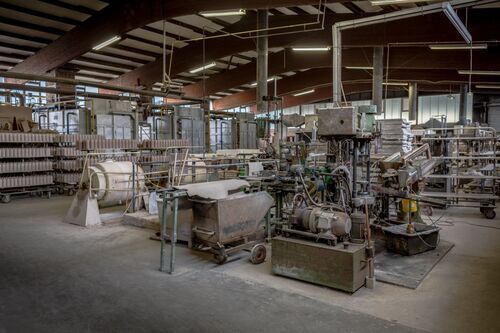
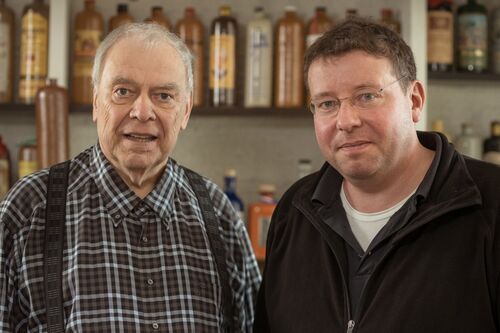
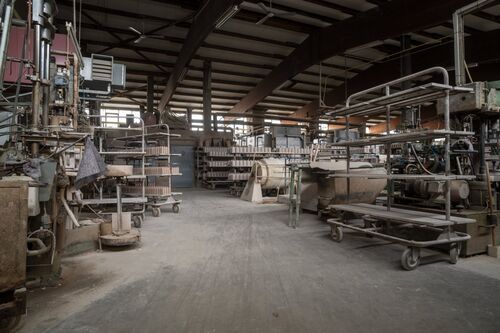
The "Kannenbäckerland" (literally: "land of potters"), stretching from the Westerwald to the Middle Rhein Valley, is home to Europe's largest clay deposit. Historically, firewood yielded from the thick beech woodlands enabled ever more families to settle in the region and make a living from pottery (the first records of production and trading date all the way back to 1402). At the end of the 16th century, the grey-blue stoneware became the trademark of the Westerwald, even gaining a reputation abroad. Even today there are still over 50 pottery manufacturers in the area.
"Steinzeug ist gut und Steingut ist Zeug" (A German expression highlighting the difference between stoneware and earthenware. Literally: "Stoneware is good and earthenware is stuff".)
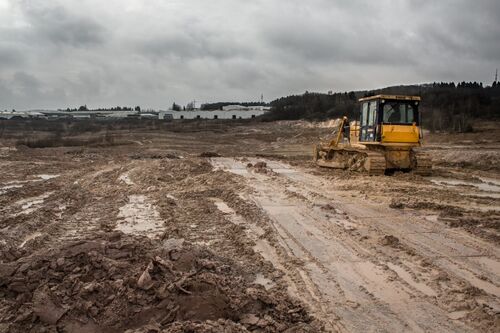

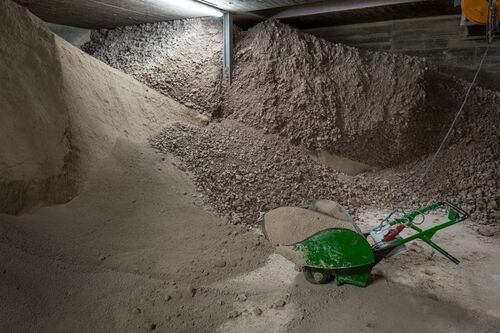
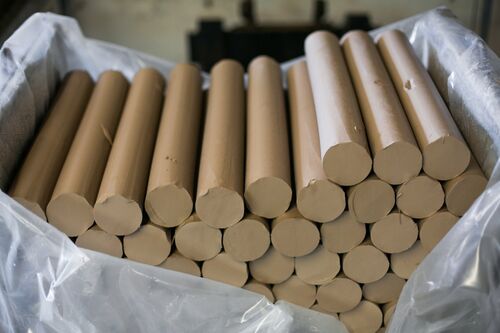
Faithful to that mantra, every year Stephan Kilburg processes 600 tons of clay, which is mined just round the corner from the company headquarters and is processed using certain rituals. Four different types of clay are mixed together with water in preparation, and the mixture is divided into clumps with different diameters - these are called "Tonhubel", meaning blocks of clay. These "Tonhubel" are pressed into the desired shape by a machine and are taken out individually by hand. Prior to firing, the pressed clay is left in the drying chamber for approximately 10 hours to dry out. During this time, the kiln is preheated to 1,240°C and every single drinking vessel is lightly hand-glazed and receives, also by hand, a significant monkey stamp. It's a real art form, since the clay is still soft like Plasticine and thus sensitive to pressure. If it's immersed for too long, unattractive bubbles form; if it's not immersed for long enough, the glaze is too thin. If it is stamped too forcefully, the cup is ruined; if it's stamped too lightly, the little monkey doesn't appear. So it takes true craftsmanship!
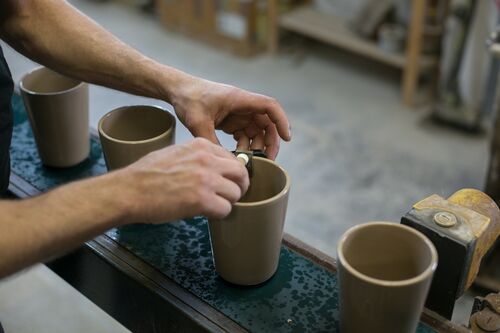
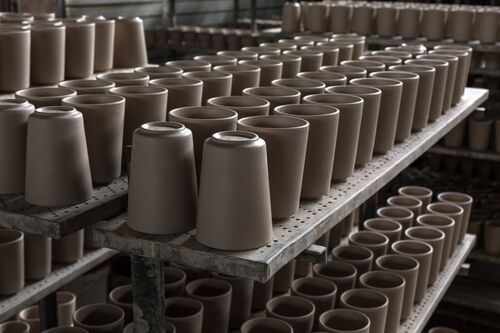
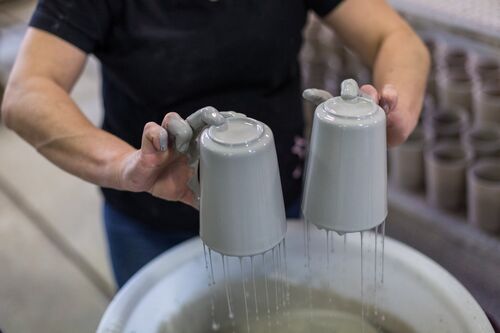
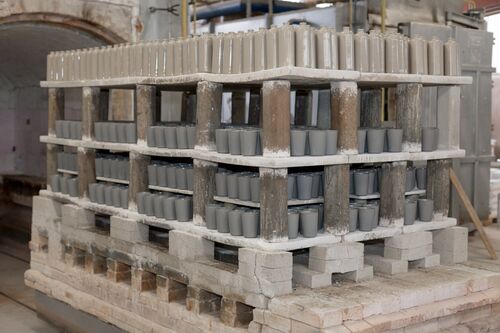
Firing the vessels involves increasing the temperature gradually - this is an important process because if the clay gets heated too quickly it cracks. The vessels are left to set in the kiln for 13 hours at a final temperature of 1,240°C. By means of rapid cooling, the temperature of the pottery is then lowered to 180°C within eight hours. (Here we'd like to quote Stephan Kilburg: "Off with the burner and pump in some air"). Following this, the pottery is left to fully cool down outside of the kiln.
The stoneware is fired to high density. There's no diffusion or evaporation, and the glaze has a solely aesthetic purpose. Earthenware (or the "stuff"), on the other hand, is porous and receives its density during glazing.
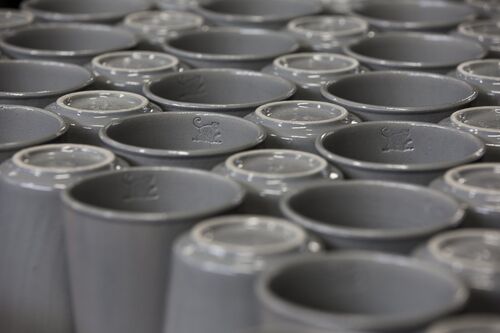
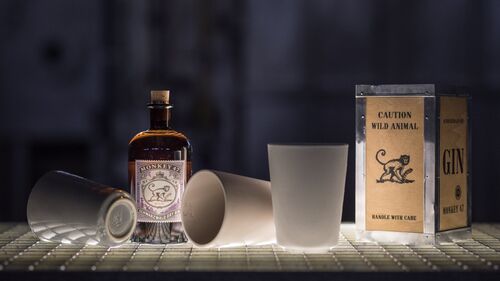
In this way, the stoneware vessel known as "The Becher" preserves the carbon dioxide content for longer, keeps a Monkey and Tonic nice and cool, and every item is unique. So, with that said: Cheers!



